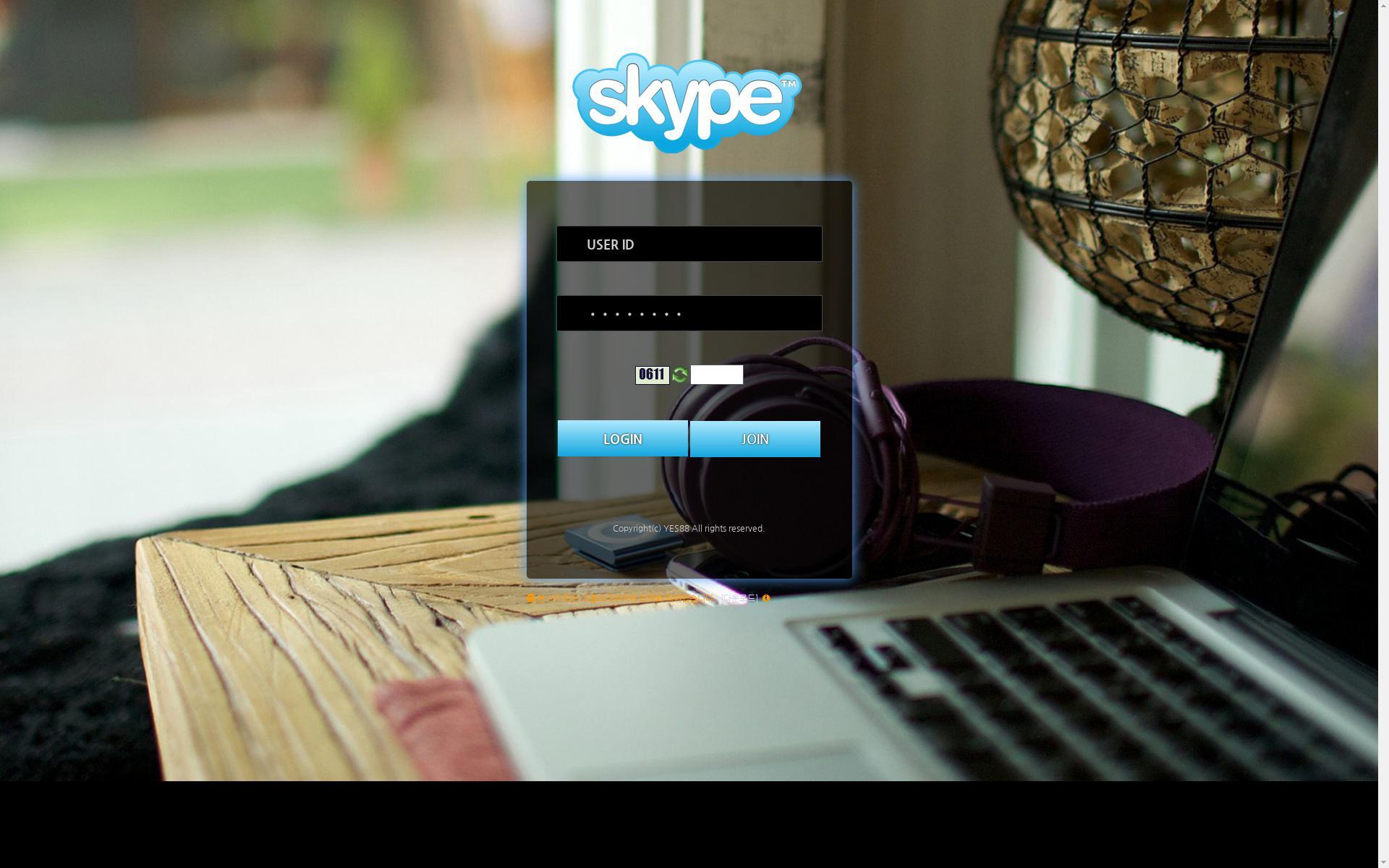

TYPO SQUATTING CODE
Instead of dumping the import in an obvious spot, they hid the code off-screen. As these attempts were taken down, attackers changed tactics. This hides code in other files to infect PyPi users through open-source projects on GitHub.Īccording to Phylum, the malicious import was injected in plain view in early versions of infected packages. The criminals then embed malicious code within the rogue package using a technique called steganography. Operators of these imposter packages start by copying legitimate package codes. If you click too quickly, you might select Colorsama - a malicious package with a toxic import. For example, let’s say you search for the Colorama PyPi package. When browsing for a PyPi package, developers need to pay close attention. PyPi enables users to search for packages by keywords or filters. As of January 2022, over 350,000 Python packages can be accessed through that repository.
TYPO SQUATTING SOFTWARE
This particular scam targets developers on the Python Package Index (PyPi), the official third-party software repository for Python. Typosquatting is another attack that takes advantage of users who don’t read carefully. Please don’t close this window.” This gives the criminals time to log in undetected and take control of the victim’s bank account. When victims enter login credentials on the phony bank page, they see a spinning circle followed by a message that says, “Awaiting back office approval for your request.
TYPO SQUATTING VERIFICATION
This enables attackers to defeat multi-factor authentication challenges, such as secret questions or verification apps. Meanwhile, the malware relays the victim’s browser activity to the real bank website. That’s why Disneyland Team lures targets to interact with fake bank websites.

Why don’t criminals simply steal credentials with conventional phishing campaigns? Most banking sites will ask for secondary authentication if intruders attempt to log in from an unknown IP address. Gozi also allows attackers to connect to a bank’s website using the victim’s computer. The Windows-based banking malware is called Gozi 2.0/Ursnif.Īccording to Krebs, Gozi can harvest credentials and facilitate fraudulent bank transfers in client-side online banking. Rather, the group uses phony bank domains to leverage malicious software already installed on a victim’s computer. The Disneyland Team punycode intrusions aren’t your typical phishing attacks.

Punycode is an internet standard that allows web browsers to render domain names with non-Latin alphabets like Cyrillic. See the tiny dots below the “ạ” and “ẹ”? That’s how attackers are using punycode to fool victims into visiting dangerous websites. The imposter domain reads like this: ạmeriprisẹcom. It could be a booby-trapped domain.įor example, let’s look at how cyber criminals spoof the U.S. Have you ever seen a speck of dirt on your computer monitor? Well, if the speck moves when scrolling, it’s more than just dust. It’s more important than ever to read carefully - or pay a steep price for being in a hurry. From typosquatting to punycode to starjacking, these new tactics demand even closer attention to spot. Now threat actors are using even more sophisticated methods to deceive targets. But if you carefully examine the sender’s address, you can see it’s from an imposter. Everything in the email might look official, including the logo. Many phishing attacks pose as banks, and their efforts can be quite convincing.


 0 kommentar(er)
0 kommentar(er)
